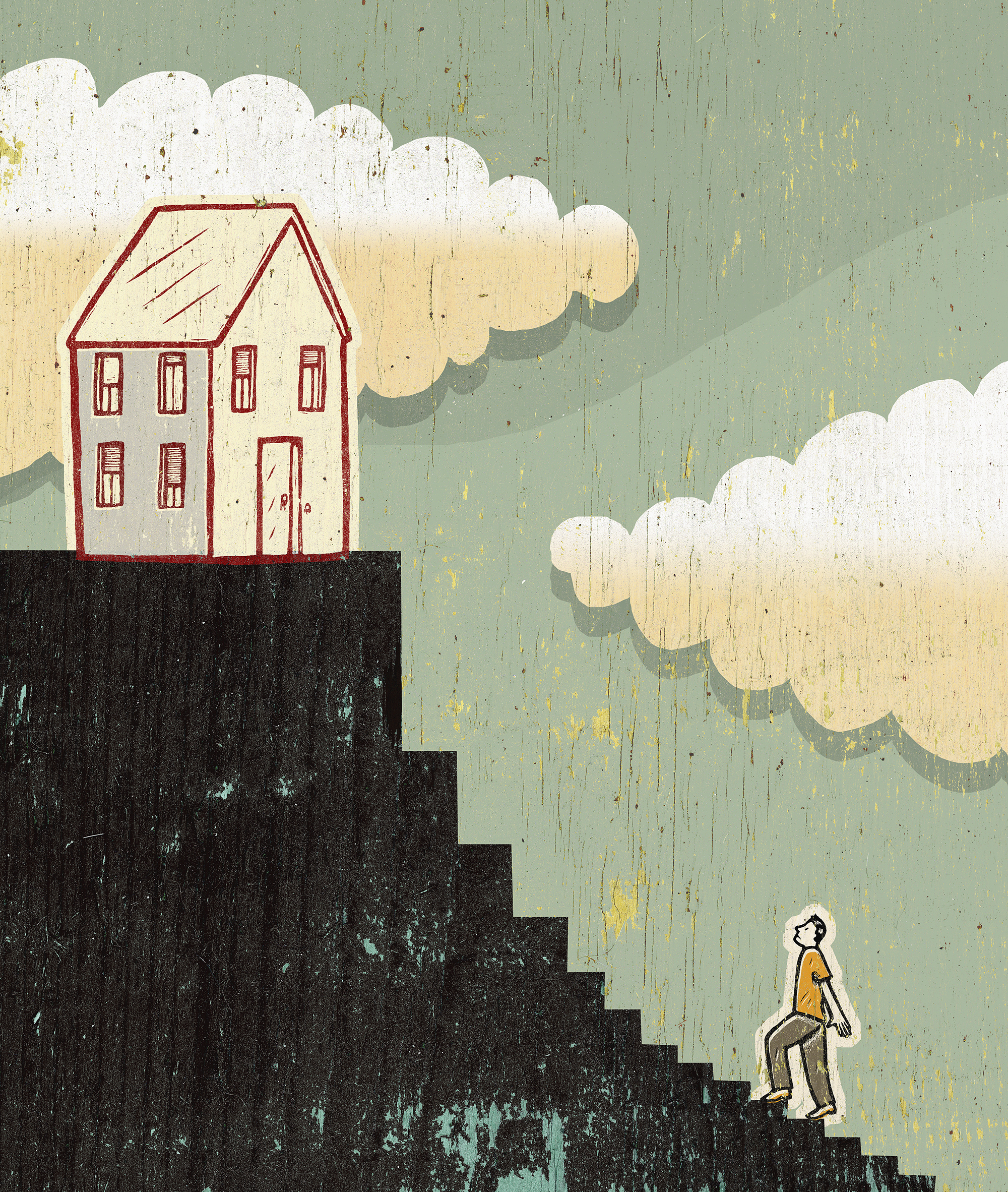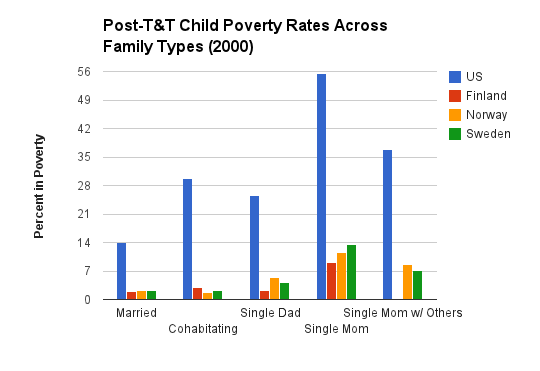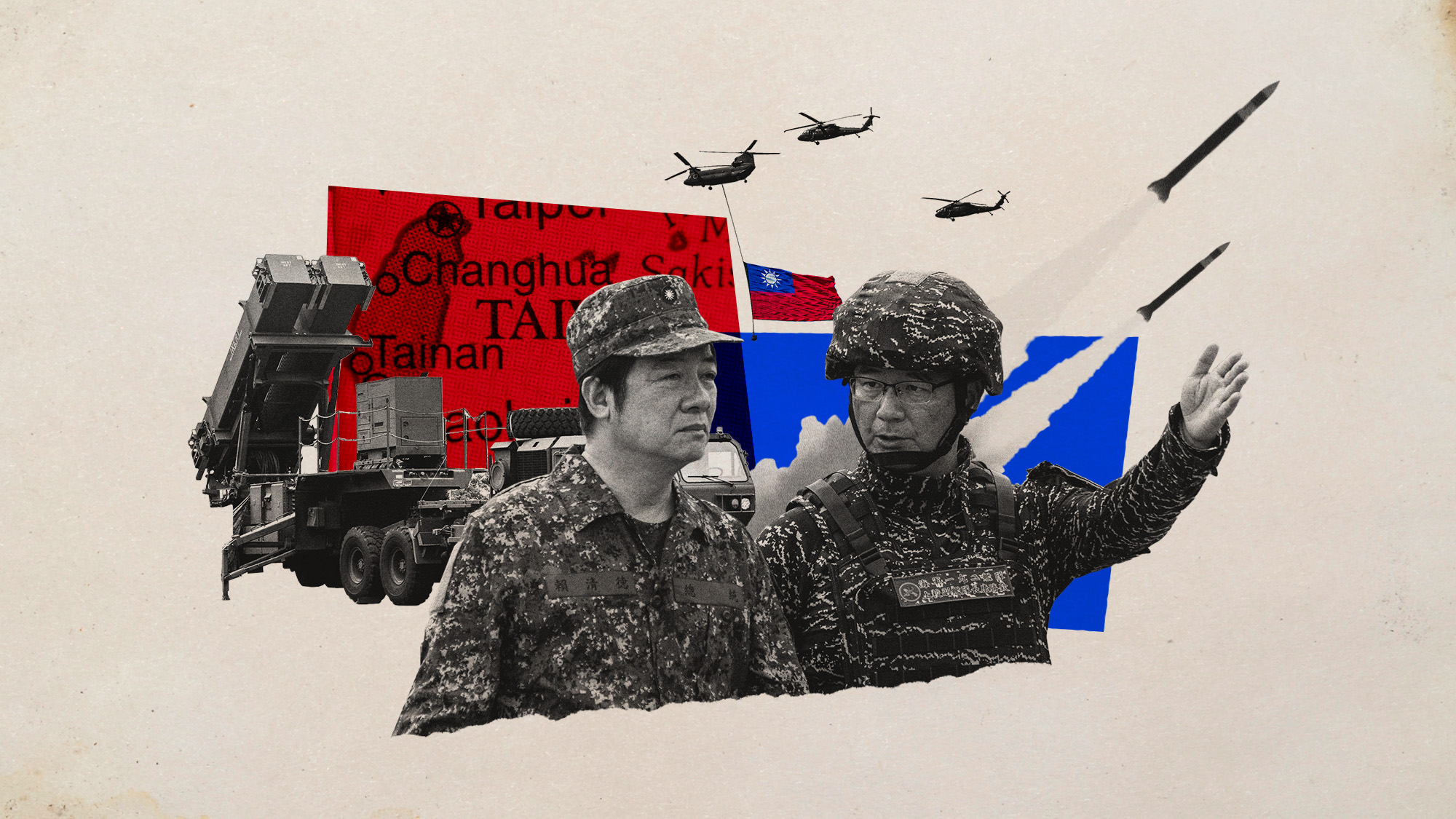The conservative obsession with moral values doesn't explain the plight of the working poor
It's the economy, stupid


Research on both sides of the aisle has confirmed a quiet crisis in American life: over the last few decades, the social fabric of the poor and working class has come apart at the seams. For Americans in roughly the bottom third of the economy, marriage has collapsed and divorce has ballooned. Participation in work or in community groups is erratic at best. Children are largely raised in unstable, single-parent homes, where the support necessary for learning and healthy emotional development is very hard to come by. Loneliness and isolation are common.
A vocal cadre of conservatives have cohered around a theory of what happened: the post-1960s turn away from traditional moral values. But like any theory, it must fit the available data and it must be internally consistent. This one fails on both counts.
Instead, Occam's Razor suggests that economic changes — specifically the collapse of broad prosperity and the rise of inequality and the hourglass economy — is the lead culprit.
The Week
Escape your echo chamber. Get the facts behind the news, plus analysis from multiple perspectives.

Sign up for The Week's Free Newsletters
From our morning news briefing to a weekly Good News Newsletter, get the best of The Week delivered directly to your inbox.
From our morning news briefing to a weekly Good News Newsletter, get the best of The Week delivered directly to your inbox.
Robert Putnam, who has done an enormous amount to chronicle lower class strife, has fingered the demise of good middle-class jobs and economic security as the primary problem. Just consider one graph from Coming Apart, the data-heavy book Charles Murray threw down in favor of the "60s did it" thesis, showing the class divide when it comes to marriage.

That inflection point just after 1970, when the lower class begins its decline, is significant. Unions began devolving in the late 50s and really went into a slide in the late 60s. Median incomes stagnated compared to rising productivity right around 1970. And around 1980, right when the lower class really broke off from the upper class, was when the Federal Reserve induced a massive recession to fight inflation. Unemployment and involuntary part-time employment have been unusually high ever since, and it's taken the job market far longer to recover after each recession.
So while access to enough working hours is arguably the key factor in improving low incomes, that's exactly what the bottom third of Americans have lost. And what work they can get is often chaotic and unpredictable, making a second job, much less family life, exceedingly difficult.
Over half of American households face possibly wild income swings, have less than one month worth of savings, and almost three-fourths face at least one major source of budget strain. When the Pew Research Center recently looked at financial security, they found 20 percent of Americans fell into the "least secure" category.
A free daily email with the biggest news stories of the day – and the best features from TheWeek.com
Rising inequality is a big problem in and of itself, because relative differences in income distribution yank up the price of things like housing, health care, and education, eating up family budgets. And as the bulk of purchasing power rises up the income ladder, it takes the bulk of job creation and economic activity with it.
Finally, despite successful reductions since the 1960s, America's poverty-fighting efforts remain an international embarrassment.

Other western countries do far more to reduce deprivation in absolute and relative terms, while coincidentally enjoying far greater family stability.
Add it all up and it’s not hard to understand how family instability and community decay have exploded for the bottom third of Americans. And the economic trends match the social trends: go through Murray’s book, and most of the graphs — from marriage to employment and more — follow roughly the same downward drops and inflection points.
But conservatives move heaven and earth to avoid this simple conclusion.
After noting that the social fabric of the upper class remains healthy and strong, Murray glibly concluded by calling on the elite to "preach what they practice." The New York Times' David Brooks sounded a similar note this week, laying the blame on "a plague of nonjudgmentalism, which refused to assert that one way of behaving was better than another." The most comprehensive expression of the theory was by the Times' Ross Douthat, in a piece called "Social Liberalism As Class Warfare," in which he argued that the promotion of social liberalism by the progressive upper class — more carefree sexual mores, less social and legal stigma for divorce and abortion, etc. — deprived the lower classes of the "scripts" they need to live stable, flourishing lives.
But the social fabric can't be the victim of liberal morals in the lower class and the bulwark against them in the upper class. Either social liberalism is corrosive to the social fabric or it isn't. Douthat tried to get around this by pointing out that these trends have held off amongst people with high church attendance. But while religious belief is more common among the lower classes, actual church attendance is most common amongst well-off believers. It's still economics first.
Furthermore, if you actually ask poor and working class people what they think, they're big fans of traditional mores. Their desire for marriage remains just as fierce, stigmatization of receiving government aid is still common, and they're considerably more likely to identify as pro-life, to name just a few examples. Political science work confirms that the top third of voters are split over liberal and social conservatism, while the bottom third are pretty socially conservative across the board.
So the Douthat-Murray-Brooks thesis is at war with itself. The upper class inadvertently maintains bourgeois norms even as they stump for more libertinism, and the lower class helplessly absorbs that libertinism to the max even as they declare their allegiance to those same bourgeois norms. Even worse, it paints the lower class as empty vessels, perpetually and inescapably helpless before the cultural influence of the elite, despite their own stated values.
At the very least, it's an insanely convoluted mechanism that fails the Occam’s Razor test. It's much simpler to conclude that bourgeois economic security is the necessary underpinning of the bourgeois social fabric.
Most tellingly, the thesis requires no economic sacrifice from elites whatsoever. No higher taxes; no higher inflation; no putting up with unions; no acquiescence to higher lower class wages; nothing. It just pats the socially conservative upper class on the back for its awesomeness, and then concern trolls the socially liberal upper class for not getting with the program.
It's a self-congratulatory volley in the culture war, and one that's always pitched as an alternative to the economic explanation, never as a compliment.
Jeff Spross was the economics and business correspondent at TheWeek.com. He was previously a reporter at ThinkProgress.
-
 Taiwan eyes Iron Dome-like defence against China
Taiwan eyes Iron Dome-like defence against ChinaUnder the Radar President announces historic increase in defence spending as Chinese aggression towards autonomous island escalates
-
 Political cartoons for November 30
Political cartoons for November 30Cartoons Sunday's political cartoons include the Saudi-China relationship, MAGA spelled wrong, and more
-
 Rothermere’s Telegraph takeover: ‘a right-leaning media powerhouse’
Rothermere’s Telegraph takeover: ‘a right-leaning media powerhouse’Talking Point Deal gives Daily Mail and General Trust more than 50% of circulation in the UK newspaper market
